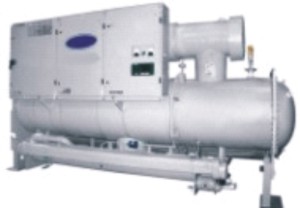
For most of the programs we have evaluated, several requirements exist that each project must meet. In addition to the benefit/cost requirements described in previous Briefs, the project typically must pay back within a certain range such as one and ten years.
Payback for a project is defined as the incremental cost to complete a project divided by the annual incremental energy savings for the project. In many cases, significant effort is spent trying to determine exactly what the energy savings and the resulting energy cost savings for the project will be, but little thought is given to understanding the incremental cost of the projects. Both are essential to knowing what the project payback and program benefit/cost results will be.
Basically, incremental cost is the cost of installing an efficient piece of equipment or system compared to the cost of a baseline system or piece of equipment that would serve the same function. The baseline used to determine the cost must be consistent with the baseline used to determine the energy savings.
However, often we see projects that were accepted into programs where the energy savings are calculated compared to existing equipment and the implementation costs are compared to an alternative system. In many, if not most, of these cases the project would have failed the payback criteria if the full costs were used to determine the cost effectiveness of the measure.
Simply put, if the baseline system used to determine the energy savings is an alternative new system-such as would be the case if a customer is installing a new chiller where none existed before-the incremental cost is the cost of the efficient chiller system compared to cost of installing a baseline chiller, which could be based on code compliance or standard practice.
If the baseline system used to determine the energy savings is the existing system-such as would be the case if a customer is replacing existing lighting fixtures-the incremental cost is the total cost of installing the new lighting.
The appropriate baseline system, and the resulting incremental cost, must be determined on a case-by-case basis and will depend upon whether the customer has existing equipment, if the existing equipment could continue to meet their needs, the age of that equipment, and other factors. Regardless of what baseline system is selected, the project must meet the cost effectiveness requirements based upon the energy savings and costs compared to the selected baseline, consistently.




